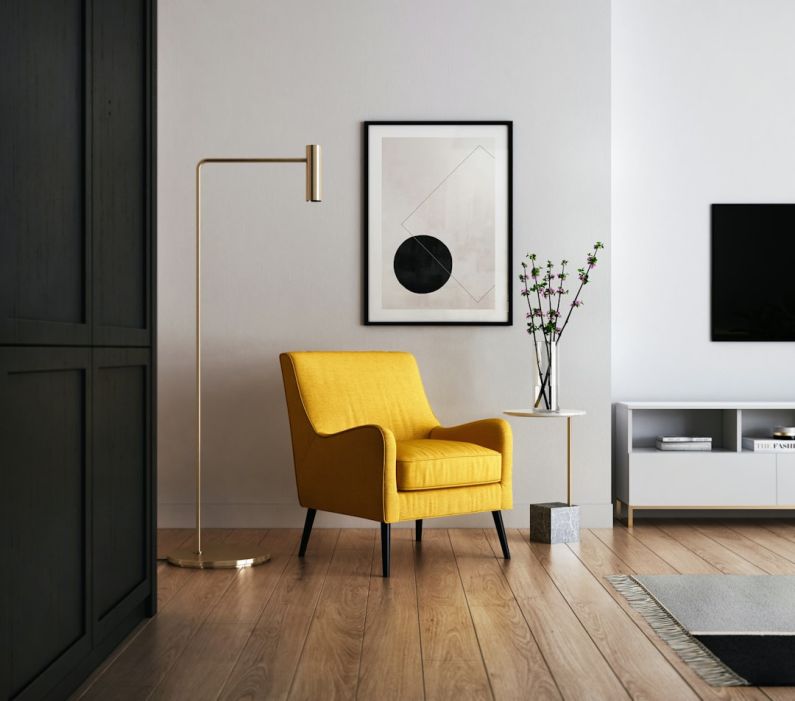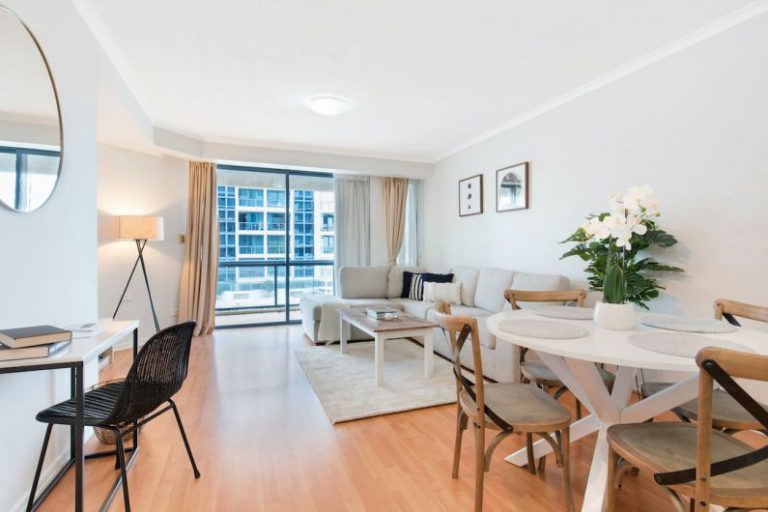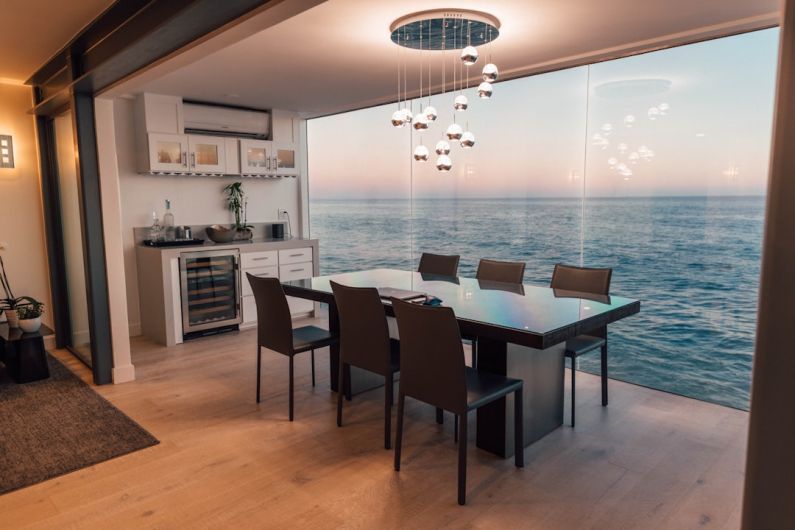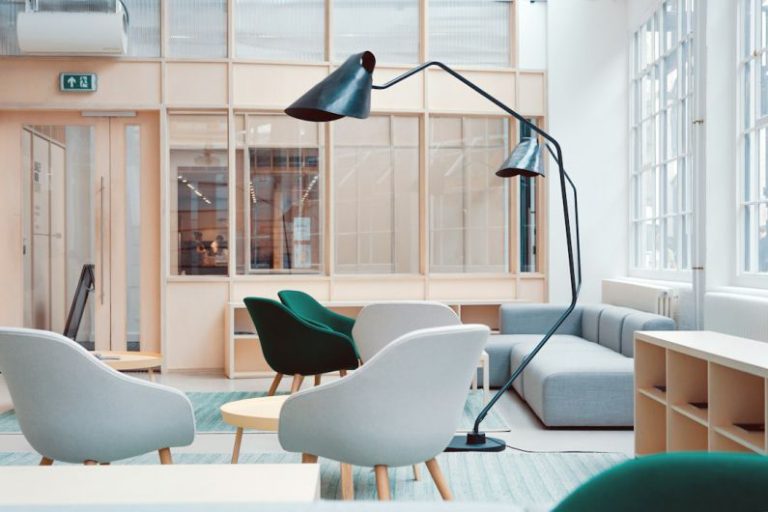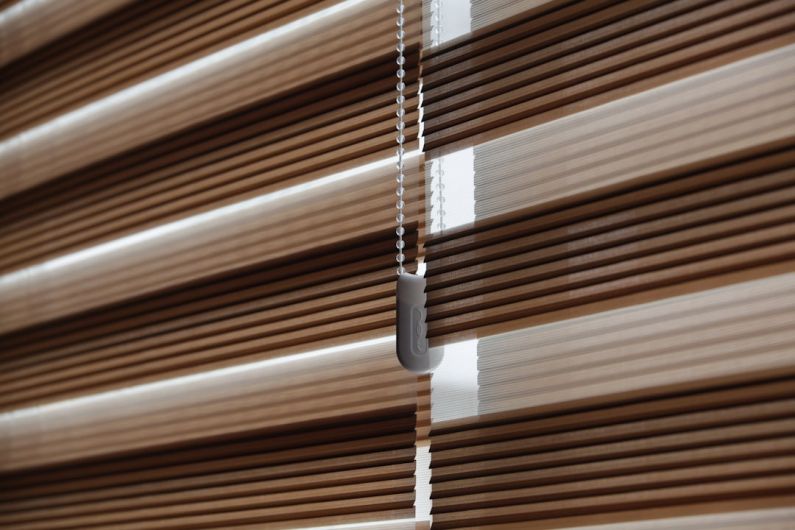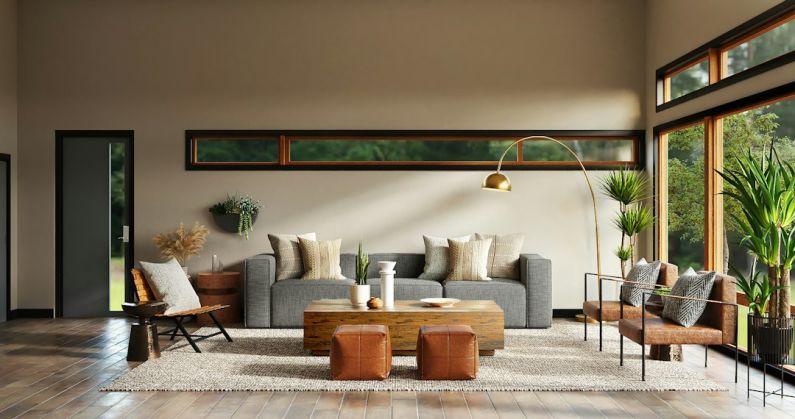How to Use Lighting to Create Atmosphere in Your Home?
Lighting is an essential element of interior design that can greatly influence the atmosphere and mood of your home. By strategically using different types of lighting fixtures, you can create a warm and inviting ambiance or a bright and energizing environment. In this article, we will explore some tips and tricks on how to use lighting to create the perfect atmosphere in your home.
1. Consider the Function of Each Room
Before choosing the lighting fixtures for a particular room, it is important to consider the function of that space. For instance, a living room or bedroom may require soft and ambient lighting to create a cozy and relaxing atmosphere, while a kitchen or home office might benefit from brighter and task-oriented lighting. By understanding the purpose of each room, you can select the appropriate lighting fixtures to enhance its functionality.
2. Layer Your Lighting
One of the most effective ways to create atmosphere in your home is by layering your lighting. This involves using a combination of ambient, task, and accent lighting to add depth and dimension to a space. Ambient lighting, such as ceiling-mounted fixtures or wall sconces, provides a general illumination for the room. Task lighting, such as desk lamps or under-cabinet lights, focuses on specific activities. Accent lighting, such as spotlights or wall washers, highlights architectural features or artwork. By combining these different layers of lighting, you can create a visually appealing and atmospheric environment.
3. Choose the Right Bulbs
The type of bulbs you choose for your lighting fixtures can significantly impact the atmosphere in your home. Warm-colored bulbs, such as incandescent or halogen bulbs, emit a cozy and inviting light that is perfect for living areas and bedrooms. On the other hand, cool-colored bulbs, like LED or fluorescent bulbs, produce a brighter and more energizing light, which is ideal for task-oriented spaces like kitchens or home offices. Experiment with different bulb options to find the perfect balance of warmth and brightness for each room.
4. Utilize Dimmers and Lighting Controls
Installing dimmer switches and lighting controls can give you ultimate control over the atmosphere in your home. Dimmers allow you to adjust the intensity of the light, creating a softer or brighter ambiance depending on your mood or the time of day. Lighting controls, such as timers or motion sensors, can automate the lighting in your home, making it more convenient and energy-efficient. By incorporating these technologies into your lighting design, you can easily adapt the atmosphere to suit any occasion.
5. Highlight Architectural Features
If your home has unique architectural features, such as exposed brick walls, vaulted ceilings, or decorative moldings, consider using lighting to highlight these elements. By strategically placing spotlights or wall washers, you can create a dramatic effect that draws attention to these features, adding depth and character to your space. This technique not only enhances the atmosphere but also adds a touch of elegance and sophistication to your home.
In conclusion, lighting plays a crucial role in creating the desired atmosphere in your home. By considering the function of each room, layering your lighting, choosing the right bulbs, utilizing dimmers and lighting controls, and highlighting architectural features, you can transform your space into a warm and inviting haven or a bright and energizing sanctuary. So, go ahead and experiment with different lighting techniques to create the perfect ambiance that reflects your personal style and enhances your daily life.
